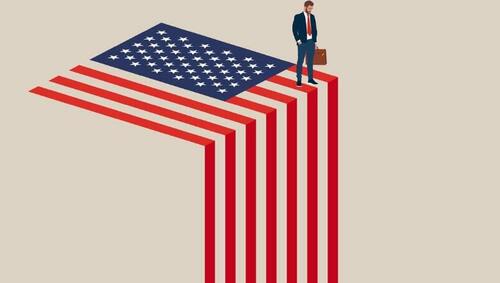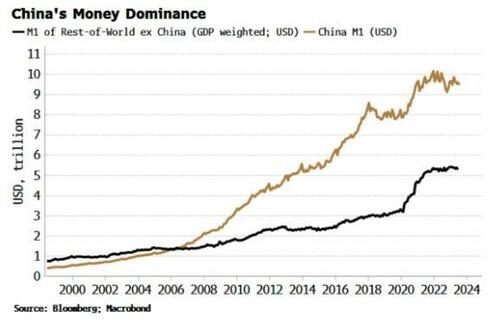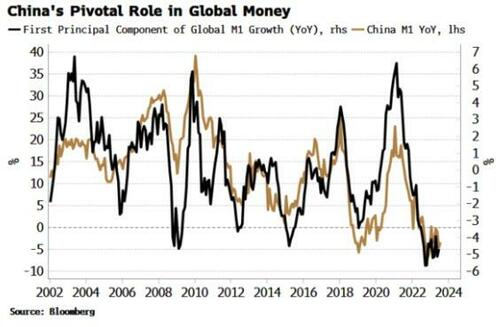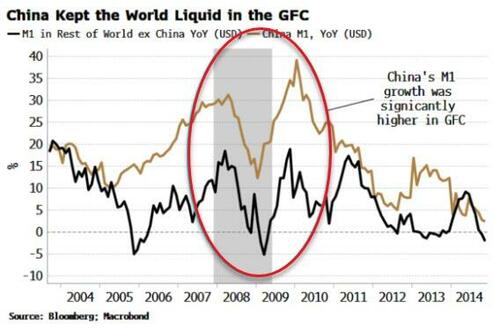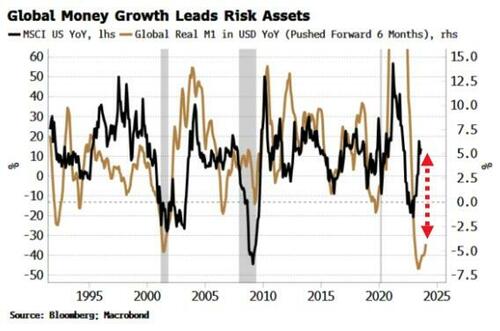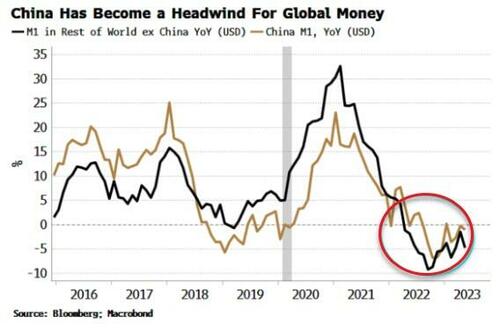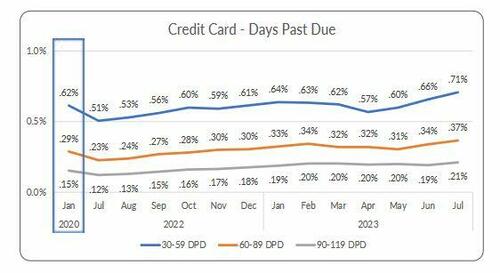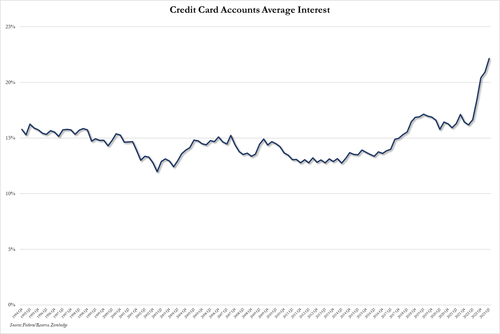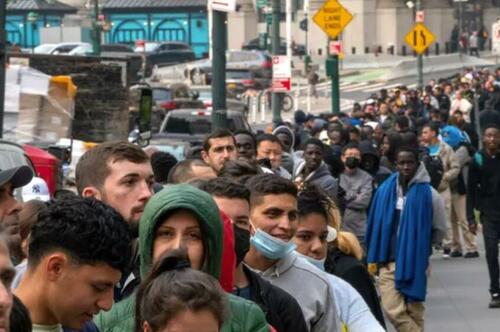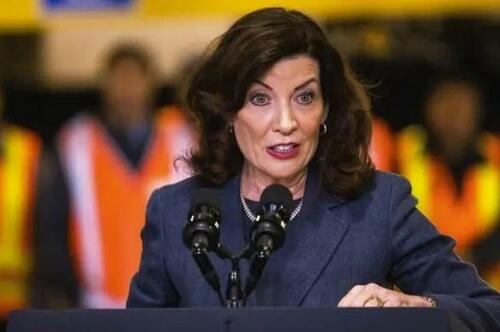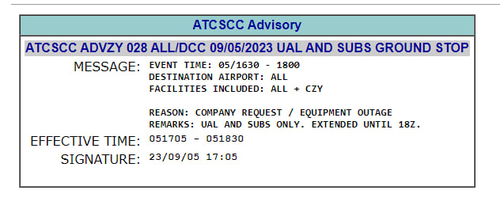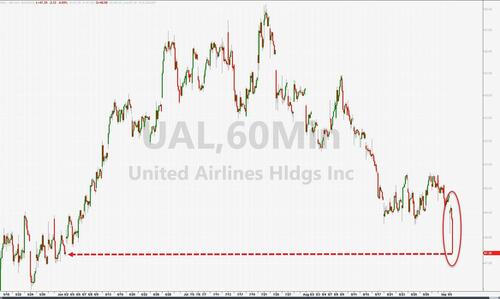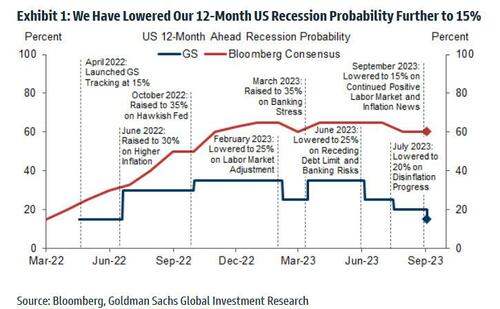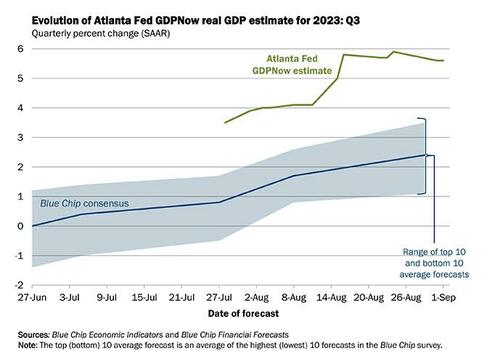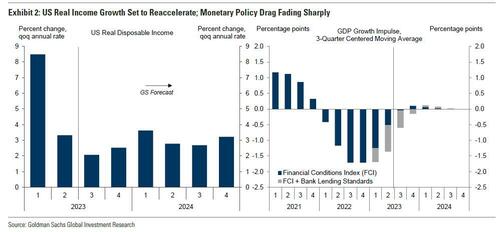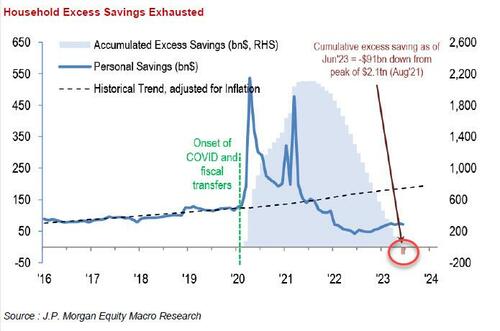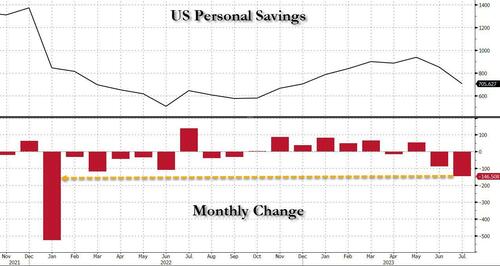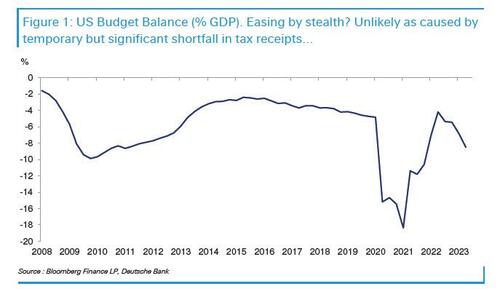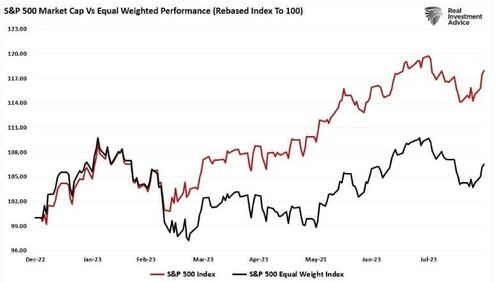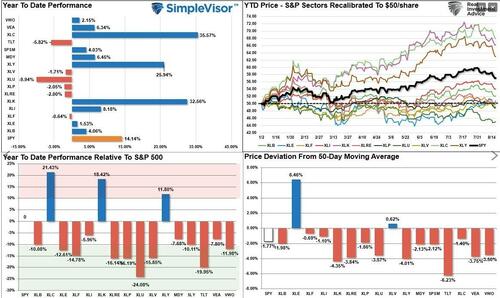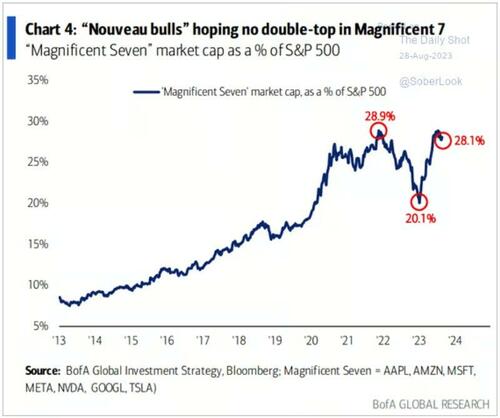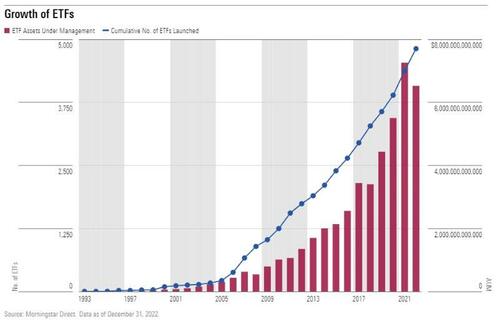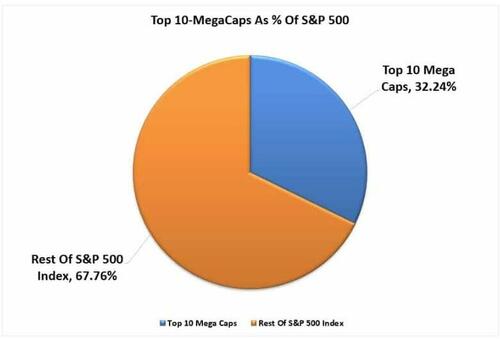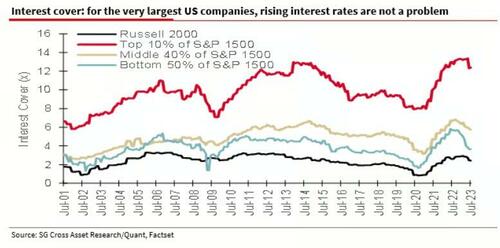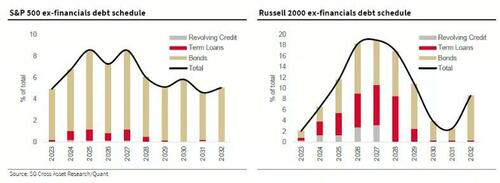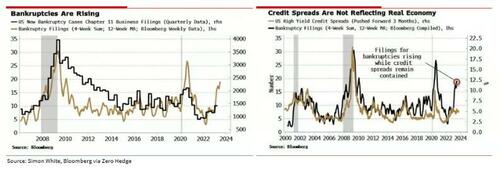From today’s decision by Judge Paul Oetken in Atas v. N.Y. Times Co.:
Plaintiff Nadire Atas, proceeding pro se, brings this action against Defendants The New York Times Company [and others], alleging defamation. According to Atas, The Times—through news articles, podcast episodes, and interviews of its journalists—defamed her by describing her as a mentally ill woman who has engaged in years-long campaigns of harassment against her perceived enemies using the internet and the Canadian court system…. [Defendants’] motions to dismiss are granted….
On January 30, 2021, The Times published an article titled “A Vast Web of Vengeance” on its website and in print. The article, written by Defendant [Kashmir] Hill, described the phenomenon of “complaint sites,” which allow anonymous internet users to post malicious and often false accusations about people for the purpose of retribution for perceived slights. It reported that Plaintiff is one such person, responsible for anonymous internet posts targeting those who have slighted her with unfounded accusations of pedophilia, theft, and fraud, among other offenses. The article also reported on Canadian court proceedings against Plaintiff for defamation. It included the statement that in 2017, Judge David Corbett of the Ontario Superior Court of Justice deemed Plaintiff “a vexatious litigant who was ‘ungovernable and bent on a campaign of abuse and harassment.'” Additionally, the article reported that on January 28, 2021, the same judge had issued a ruling stating that Plaintiff was responsible for “unlawful acts of reprisal” [referred to as the Caplan Judgment -EV].
On February 10, 2021, The Times published a follow-up article reporting that Plaintiff had been arrested the previous day for harassment and libel. On February 17, 2021, Hill gave an interview on CBC Radio referencing the two articles. On April 6, 2021, Defendant Michael Barbaro interviewed Hill about her reporting on The Daily Podcast, which is published by The Times.
On April 7, 2021, Atas was charged with criminal harassment and libel under the Canadian Criminal Code for offenses occurring between January 1, 2000 and April 7, 2021. One of the alleged victims was Defendant Lily Meier, who is the daughter of Defendant Ellen Pollock. Pollock is an editor at The Times. On April 24, 2021, The Times published an article written by Hill and Defendant Aaron Krolik describing the internet-based “Slander Industry.” The article referenced Atas as “a woman in Toronto who poisoned the reputations of dozens of her perceived enemies by posting lies about them” and linked back to the January 30, 2021 article. On April 26, 2021, Hill and Krolik made guest appearances on a podcast called In Lieu of Fun, in which they discussed their reporting on Atas and the allegations against her. Finally, on May 3, 2021, Barbaro again interviewed Hill on The Daily. Barbaro referred to Atas as “a woman with a vendetta that stretched back 30 years.”
Atas alleges that each of the aforementioned articles, interviews, and podcasts contained false and defamatory statements about her. She also alleges that The Times Defendants re- published the defamatory statements on their social media accounts. Broadly, Atas claims that she was not the source of any harassment campaign; that she is not mentally ill; that her family has not been trying for years to get her help for her mental health problems; and that The Times’s reporting did not accurately reflect the court proceedings in Canada or the court proceedings were biased against her….
Atas’s defamation claims fail because she has not plausibly alleged that the statements in question were false. To prevail on the motions to dismiss, Atas must plead facts demonstrating the falsity of the allegedly defamatory statements…. The Court concludes that Atas has failed to show that the statements and news articles propounded by The Times Defendants were not substantially true.
The Caplan Judgment reflects (1) that Judge Corbett concluded that Atas “has used the internet to disseminate vicious falsehoods against those towards to whom she bears grudges”; (2) that “serious mental illness must underlie this conduct”; (3) that “there have been as many as 150 victims of Atas'[s] attacks”; and (4) that she was a vexatious litigant, among other findings…. [T]he doctrine of collateral estoppel … “prevents parties … from relitigating in a “Non-mutual collateral estoppel allows a defendant who was not party to the previous litigation to bar issues raised in subsequent litigation.” On a motion to dismiss, even taking all of the plaintiff’s allegations as true, “collateral estoppel will nonetheless bar a plaintiff’s claim when [a] plaintiff’s factual allegations have been decided otherwise in a previous litigation.” Collateral estoppel applies to judgments of foreign courts as long as the district court recognizes the foreign judgment, which the Court does here.…The Caplan Judgment [has collateral estoppel effect] with regard to the issues of whether Atas is responsible for the internet-based harassment described in The Times’s reporting, whether she is a vexatious litigant, and whether she has reported suffering from mental illness.
To support her defamation claims, Atas also relies on the fact that the Toronto Attorney General withdrew the criminal charges against her on December 7, 2021. Given that the charges were withdrawn after each of the allegedly defamatory statements, articles, and podcasts was published, this development does not retroactively render The Times’s coverage of the prior legal proceedings against Atas false. And while Atas claims that the Toronto authorities dropped the charges against her because they found no evidence that she had made harassing internet posts, she provides no facts or evidence that this was, in fact, their rationale….
Atas’s claims fail for the independent reason that The Times’s reporting is protected by the fair report privilege. This privilege, as codified under New York law, provides that “[a] civil action cannot be maintained against any person, firm or corporation, for the publication of a fair and true report of any judicial proceeding.” … The articles and reporting in question made clear that The Times was reporting on judicial proceedings against Atas. For example, the January 30, 2021 article stated that “a portrait emerges from legal filings and evidence submitted in court cases, newspaper articles and people who have known her over the years.” The February 10, 2021 article opened by referring to Atas’s arrest and the charges against her. The April 24, 2021 article contains only a passing reference to Atas, which linked back to the January 30, 2021 article. An ordinary reader would understand The Times’s reporting on Atas to be premised on records of the Canadian civil and criminal proceedings in which she was involved. Atas’s claims therefore fail to the extent that they are premised on The Times Defendants’ reporting on the Canadian judicial proceedings, including the Caplan Judgment and her April 7, 2021 arrest.
The court also noted that New York’s anti-SLAPP law requires a showing of “actual malice”—i.e., knowledge that the statement was false or likely false—for defamation liability as to all speech on matters of public interest (and not just when the speech is about a public official or a public figure). The court concluded that “Atas’s purported use of the Canadian legal system and the internet as tools of harassment are matters of public concern, rather than ‘purely private matter[s],'” and that Atas hadn’t plausibly alleged actual malice.
David Edward McCraw represents the Times.
The post Woman Found Responsible for Internet Harassment in Canada Loses Defamation Suit Against N.Y. Times appeared first on Reason.com.
from Latest https://ift.tt/6A4TBXv
via IFTTT


